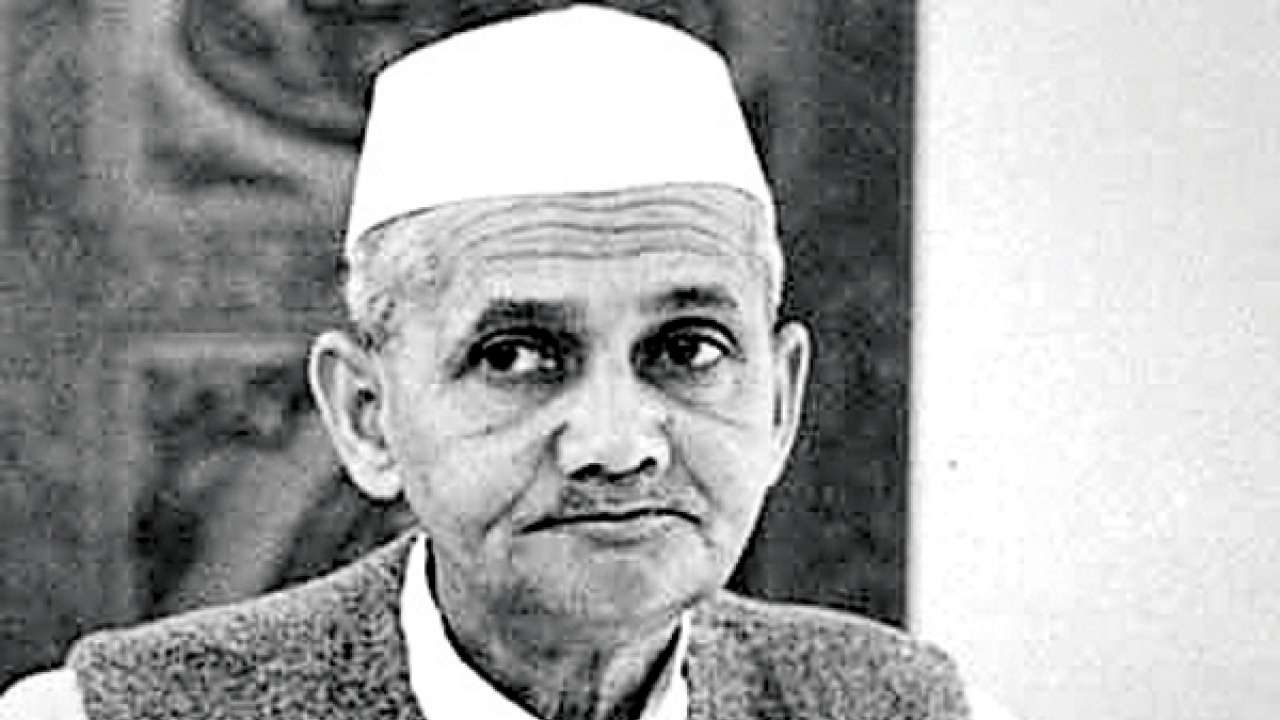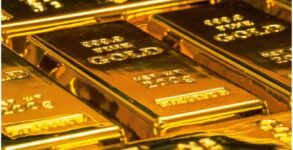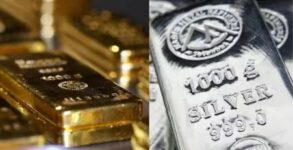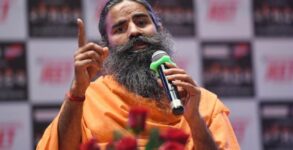Remembering Lal Bahadur Shastri: Besides Gandhi Jayanti, 2 October also marks the birth anniversary of Lal Bahadur Shastri, Indian politician and the second Prime Minister of India.
Lal Bahadur Shastri, who succeeded Jawaharlal Nehru in June 1964, died in Tashkent soon after signing an agreement with President Ayub Khan of Pakistan, with Soviet Prime Minister Alexei Kosygin playing the mediatory role.
11 January 2020 marked the 54th death anniversary of Shastri whose demise still remains shrouded in mystery.
Here are some facts and images about the second Prime Minister of India:
- He led the country during the Indo-Pakistan War of 1965. His slogan “Jai Jawan, Jai Kisan” became very popular during the time.
- Shastri died in Tashkent, Uzbekistan on 11 January 1966, after signing a peace treaty to end the Indo-Pakistan War. However, many of his supporters and close relatives to date refuse to believe the circumstances of his death and allege foul play.
- He was posthumously awarded the Bharat Ratna in 1966.
- He promoted the Green Revolution in India in 1965, to increase food grain production in the country.
Here are a few inspiring quotes by Lal Bahadur Shastri on his 117th birth anniversary:
- The basic idea of governance, as I see it, is to hold the society together so that it can develop and march towards certain goals.
- Discipline and united action are the real sources of strength for the nation.
- I had always been feeling uncomfortable in my mind about giving advice to others and not acting upon it myself.
- True democracy or the swaraj of the masses can never come through untruthful and violent means!
- India will have to hang her head in shame if even one person is left who is said in any way to be untouchable.
- As a nation, we must fight for peace as we fought in a war.
- Discipline and united action are the real sources of strength for the nation.
- We believe in peace and peaceful development, not only for ourselves but for people all over the world.
- True democracy or the swaraj of the masses can never come through untruthful and violent means, for the simple reason that the natural corollary to their use would be to remove all opposition through the suppression or extermination of the antagonist.
- The economic issues are most vital for us and it is of the highest importance that we should fight our biggest enemies – Poverty, unemployment.
Some facts about Lal Bahadur Shastri:
Lal Bahadur Shastri, a popular name in Indian history and the quest for India’s independence from the British Raj. Lal Bahadur Shastri is one of the legends who led India to its freedom, and actively participated in India’s fight for freedom, and served the country even after that. So, remembering Lal Bahadur Shastri, the legend, on his birth anniversary i.e., on 2nd October 1904, let’s know more about Lal Bahadur Shastri Biography, his career, education, and contribution to Indian politics in the article below.
Who was Lal Bahadur Shastri?
An Indian Statesman, Lal Bahadur Shastri also served as the second Prime Minister of India. He was the one who led India during the Indo-Pakistan War of 1965. Shastri’s slogan “Jai Jawan, Jai Kisan” (“Hail to the soldier, Hail to the farmer”) became a popular slogan during the war. Lal Bahadur Shastri was posthumously awarded Bharat Ratna.
Lal Bahadur Shastri Age:
Born on 2nd October 1904, Lal Bahadur Shastri died at the age of 61.
Lal Bahadur Shastri Early Life:
Born on 2nd October 1904, to Sharada Prasad Srivastava and Ramdulari Devi in Mughalsarai, Lal Bahadur Shastri shares his birth anniversary with Mahatma Gandhi. Lal Bahadur Shastri went to East Central Railway Inter College and Harish Chandra High School, which he left to join the non-cooperation movement.
Lal Bahadur Shastri political career and advancements:
Lal Bahadur Shastri promoted the White Revolution, a national campaign to increase the production and supply of milk by supporting the Amul milk co-operative of Anand, Gujarat, and creating the National Dairy Development Board. Shastri also underlines the need to boost India’s food production, while promoting the Green Revolution in India in 1965. The movement led to an increase in food grain production, especially in Punjab, Haryana, and Uttar Pradesh.
While working for the betterment of the Harijans at Muzaffarpur, Shastri dropped his caste-derived surname of “Srivastava”. Lal Bahadur read about Swami Vivekananda, Gandhi, and Annie Besant, and was quite influenced by them, while being deeply influenced and impressed by Gandhi Ji, Shastri joined the Indian independence movement in the 1920s.
Lal Bahadur served as the president of Servants of the People Society (Lok Sevak Mandal), founded by Lala Lajpat Rai, and held prominent positions in the Indian National Congress (INC). After India’s independence in 1947, Lal Bahadur Shastri joined the Indian government to become one of the key cabinet members in Jawaharlal Nehru’s government. Lal Bahadur Shastri first served as Railway Minister (1951-56), and then at various prominent positions including the Home Minister. After Jawaharlal Nehru’s death, Lal Bahadur Shashtri went on to become the second prime minister of India.
Lal Bahadur Shastri Death:
Lal Bahadur Shastri died on 11th January 1966, in Tashkent, Uzbekistan (then the Soviet Union), a day later he signed a peace treaty to end the 1965 Indo-Pakistan War. While the cause of death was disputed, which was later reported as cardiac arrest, however, Shastri’s family claimed that he was poisoned.
Lal Bahadur Shastri Jayanti: Know things about him that inspire us
- During the 1965 India-Pak war, when the country faced food scarcity Lal Bahadur Shastri, who was the Prime Minister then, stopped drawing his salary
- Lal Bahadur Shastri was a man of tremendous integrity; he resigned from his post of Railways Minister because he felt responsible for a railway accident which had killed many people
- Lal Bahadur Shastri’s slogan ‘Jai Jawan, Jai Kisan’ during the 1965 war boosted the morale of the soldiers as well as farmers amid food scarcity
- Lal Bahadur Shastri promoted the White Revolution, a countrywide campaign to increase milk production. He supported the Amul milk co-operative at Anand in Gujarat and created the National Dairy Development Board
- To boost India’s food production, Lal Bahadur Shastri promoted the Green Revolution in India in 1965, which led to an increase in food grain production, especially in Punjab, Haryana and Uttar Pradesh.
- His tenure as the Prime Minister was only for 19 months. He died in Tashkent on January 11, 1966.

















